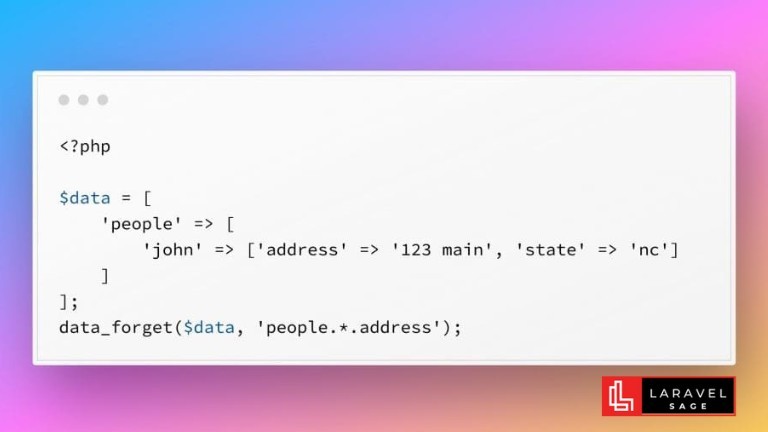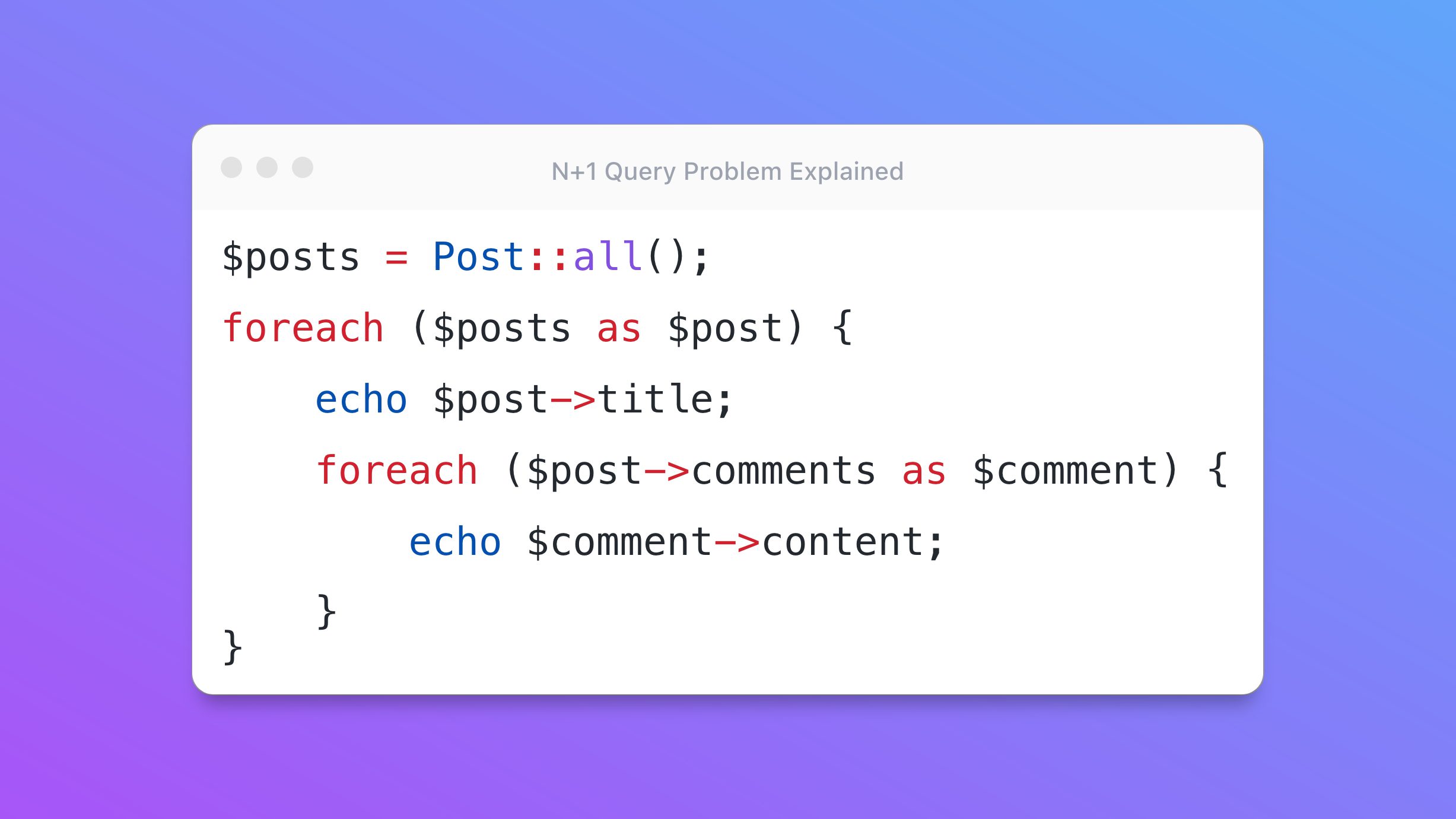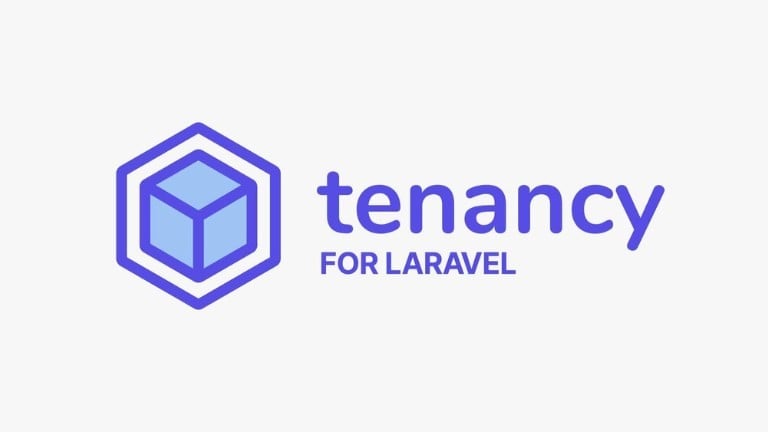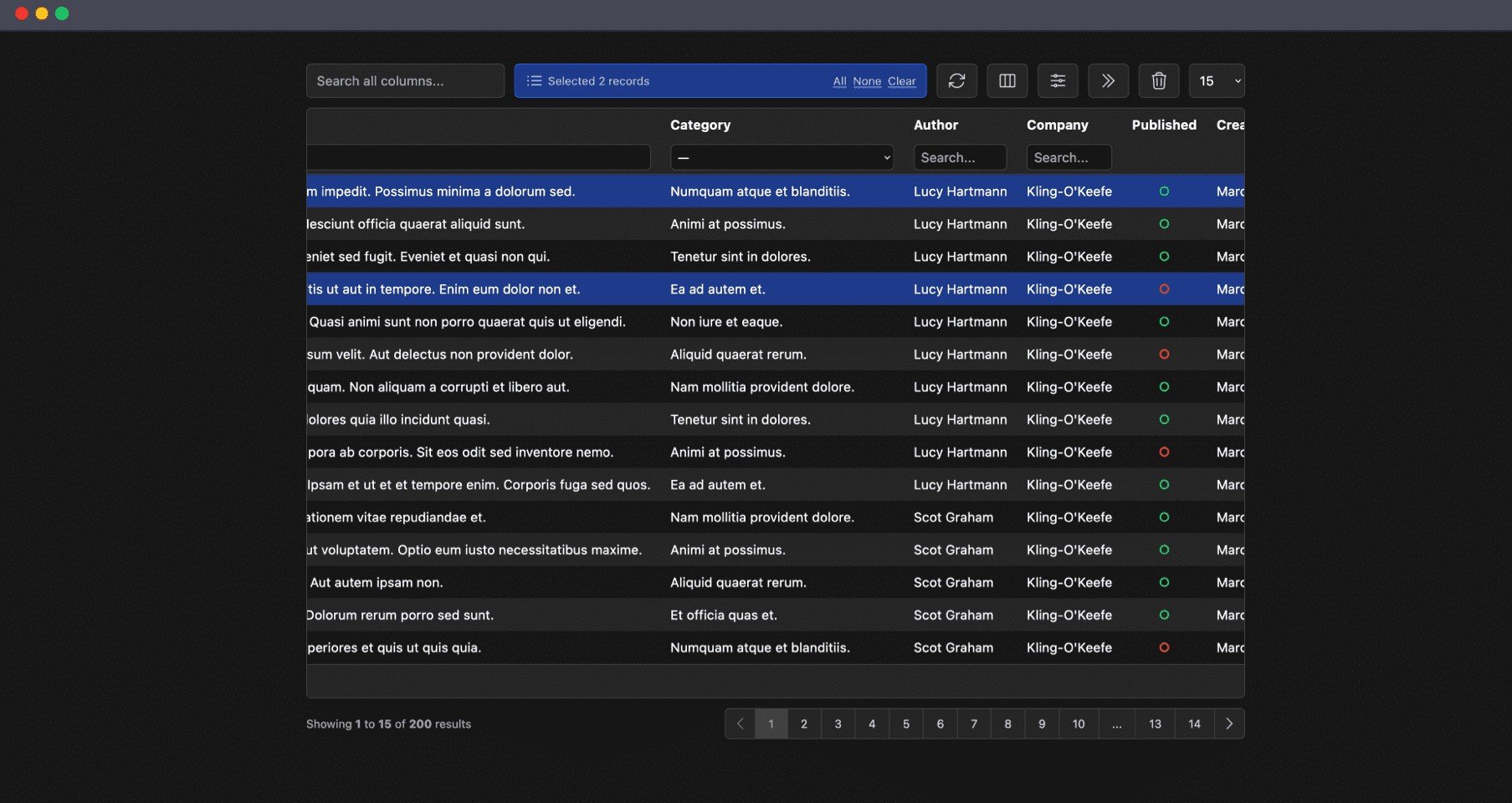
data_forget Helper for Laravel
Since Laravel version 10.15, there is a new utility function called data_forget that allows you to remove keys from an array or object using a "dot" notation.
2 min read
Tags:

Today I'll explain about the n+1 query problem that many newcomers faces. Laravel, despite being a powerful and user-friendly framework, does have its set of challenges. Based on my personal experience as i even experienced this in the beginning, had discussions with developers, and various community forums, here are some of the most common issues I believe Laravel developers face:
Many Laravel developers, especially those new to the framework or ORM (Object-Relational Mapping), struggle with the N+1 query issue.
If you have a Post model and a Comment model, where each post can have multiple comments, an inexperienced approach might look like this:
$posts = Post::all();
foreach ($posts as $post) {
echo $post->title;
foreach ($post->comments as $comment) {
echo $comment->content;
}
}You will have to execute 51 queries in this scenario if you have 50 posts: 1 to retrieve all posts, and 50 for each post to retrieve its comments. This is the N+1 problem, where N is the number of records, and +1 is the initial query.
By using the with() method, developers can load related data in just two queries using Laravel's Eager Loading feature.
$posts = Post::with('comments')->get();As a result, all posts and their related comments are retrieved in just two queries, greatly improving performance.
Initially, newcomers to Laravel or ORMs may not be aware of this pitfall.
Exceptionally subtle in small datasets: The N+1 problem might not manifest noticeably in small datasets in development environments. However, as data grows in production, it can have a profound effect on performance.
As applications grow and relationships become more complex, managing efficient data retrieval becomes more difficult, especially when dealing with nested relationships.
Although Laravel provides tools and techniques to resolve common problems like the N+1 query issue, it is the developer's responsibility to utilize them appropriately. Writing optimized Laravel applications requires an understanding of the framework, continuous learning, and profiling/testing (using tools like Laravel Debugbar or Telescope).
While Laravel developers face many other challenges (like deployment complications, configuration caching issues, and more), the N+1 problem stands out due to its frequency and potential impact.

Full-stack developer with a knack for Merging creativity with technical expertise for standout solutions.

Since Laravel version 10.15, there is a new utility function called data_forget that allows you to remove keys from an array or object using a "dot" notation.

The ChatGPT Laravel API Package Generator package for Laravel generates smart API mocks in Laravel using ChatGPT prompts:

You can make your Laravel app multi-tenant using the Tenancy for Laravel Tenant package. This tenancy package lets you make any Laravel application multi-tenant without rewriting it.

Are you ready to take your Laravel skills to the next level and build extraordinary applications? Look no further! In this blog post, we will unveil a treasure trove of top packages that will revolutionize your development process.

The Livewire Tables package brings dynamic tables for models to Laravel Livewire. These are some of the features which you will get out of the box:

ImageMagick is a powerful tool for image manipulation, and integrating it with PHP can enhance your web development projects.
Subscribe for 20+ new Laravel tutorials every week
You can unsubscribe at any time. You'll also get -20% off my courses!